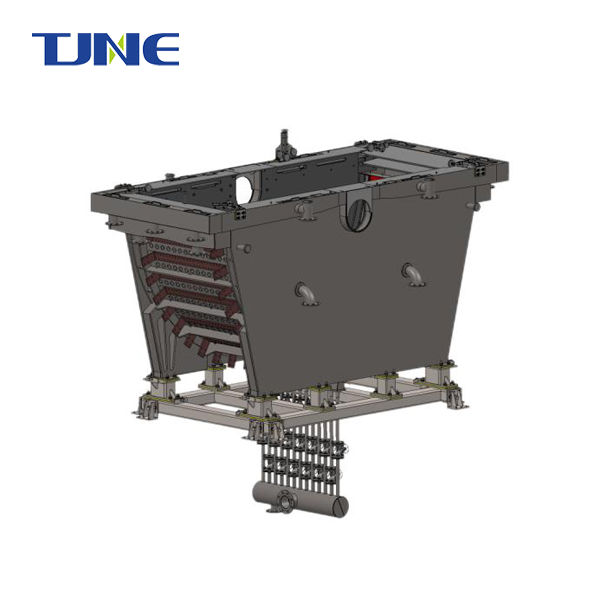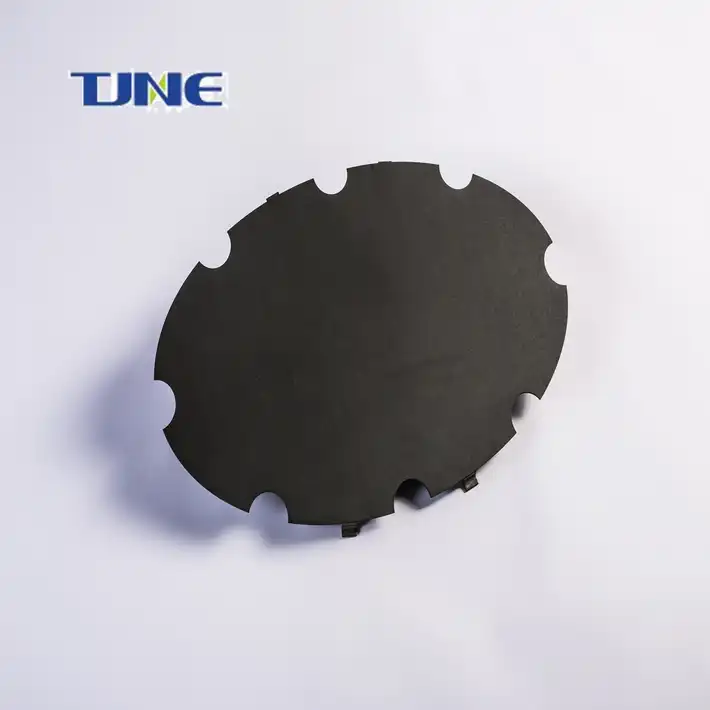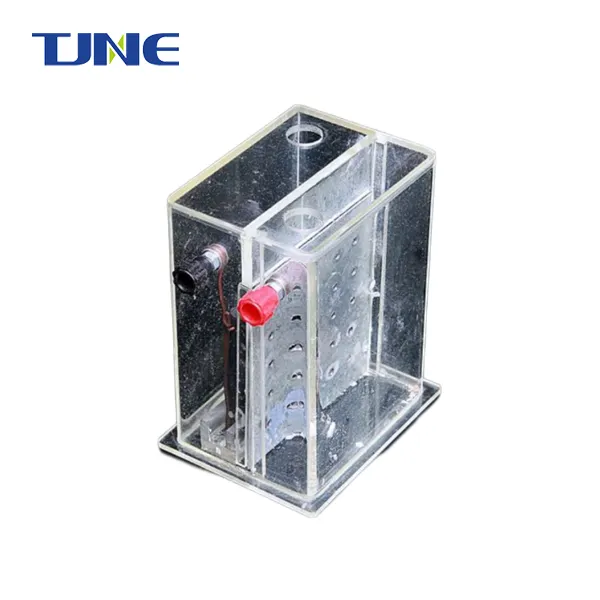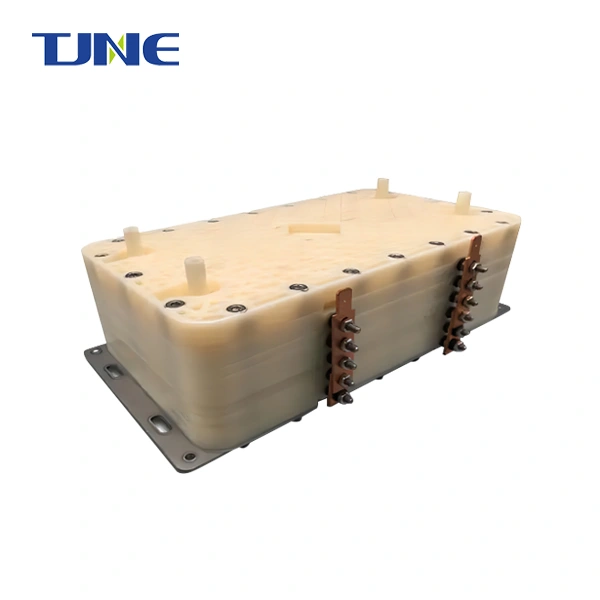- English
- French
- German
- Portuguese
- Spanish
- Russian
- Japanese
- Korean
- Arabic
- Greek
- German
- Turkish
- Italian
- Danish
- Romanian
- Indonesian
- Czech
- Afrikaans
- Swedish
- Polish
- Basque
- Catalan
- Esperanto
- Hindi
- Lao
- Albanian
- Amharic
- Armenian
- Azerbaijani
- Belarusian
- Bengali
- Bosnian
- Bulgarian
- Cebuano
- Chichewa
- Corsican
- Croatian
- Dutch
- Estonian
- Filipino
- Finnish
- Frisian
- Galician
- Georgian
- Gujarati
- Haitian
- Hausa
- Hawaiian
- Hebrew
- Hmong
- Hungarian
- Icelandic
- Igbo
- Javanese
- Kannada
- Kazakh
- Khmer
- Kurdish
- Kyrgyz
- Latin
- Latvian
- Lithuanian
- Luxembou..
- Macedonian
- Malagasy
- Malay
- Malayalam
- Maltese
- Maori
- Marathi
- Mongolian
- Burmese
- Nepali
- Norwegian
- Pashto
- Persian
- Punjabi
- Serbian
- Sesotho
- Sinhala
- Slovak
- Slovenian
- Somali
- Samoan
- Scots Gaelic
- Shona
- Sindhi
- Sundanese
- Swahili
- Tajik
- Tamil
- Telugu
- Thai
- Ukrainian
- Urdu
- Uzbek
- Vietnamese
- Welsh
- Xhosa
- Yiddish
- Yoruba
- Zulu
How Do Electrodeposited Titanium Electrodes Transform Zinc Plating Processes for Sustainability and Efficiency?
The use of electrodeposited titanium electrodes is revolutionizing zinc plating processes in the electroplating industry. These innovative electrodes offer significant advantages over traditional materials, enhancing the efficiency, quality, and environmental sustainability of zinc plating operations. By leveraging the unique properties of titanium and advanced electrodeposition techniques, manufacturers can achieve superior zinc coatings while optimizing resource utilization and reducing environmental impact. This blog post explores the transformative effects of electrodeposited titanium electrodes on zinc plating processes and their implications for the future of metal finishing.
What are the advantages of using titanium electrodes in zinc electroplating?
Titanium electrodes have emerged as a game-changer in zinc electroplating due to their exceptional properties and performance characteristics. The advantages of using titanium electrodes in this application are numerous and significant:
1. Superior corrosion resistance: Titanium's inherent resistance to corrosion, even in harsh electroplating environments, ensures long-lasting electrode performance and reduces the need for frequent replacements. This durability translates to lower operational costs and improved process stability.
2. High conductivity: While pure titanium is not as conductive as some other metals, electrodeposited titanium electrodes can be engineered to have excellent electrical conductivity. This enhanced conductivity leads to more efficient current distribution during the zinc plating process, resulting in more uniform coatings.
3. Dimensional stability: Titanium electrodes maintain their shape and size even under prolonged use in electroplating baths. This stability ensures consistent performance and helps maintain precise gap distances between the electrodes and the workpiece, contributing to uniform zinc deposition.
4. Lightweight construction: Compared to traditional electrode materials like lead, titanium is significantly lighter. This property allows for easier handling, installation, and maintenance of electroplating equipment, potentially reducing labor costs and improving worker safety.
5. Inert surface properties: The surface of titanium electrodes remains chemically inert during the electroplating process, minimizing the risk of contamination in the zinc plating bath. This inertness helps maintain the purity of the zinc coating and reduces the need for frequent bath maintenance.
6. Customizable surface area: Electrodeposited titanium electrodes can be manufactured with various surface textures and patterns, allowing for increased active surface area. This customization can enhance current distribution and improve the efficiency of the zinc plating process.
7. Environmental friendliness: Unlike lead electrodes, which pose environmental and health risks, titanium is non-toxic and environmentally friendly. The use of titanium electrodes aligns with increasingly stringent environmental regulations in the electroplating industry.
8. Improved coating quality: The combination of uniform current distribution, dimensional stability, and inert surface properties of titanium electrodes contributes to the production of higher quality zinc coatings. These coatings exhibit better adhesion, more uniform thickness, and improved corrosion resistance.
9. Energy efficiency: The high conductivity and stability of titanium electrodes can lead to reduced energy consumption in the zinc plating process. This efficiency not only lowers operational costs but also contributes to a reduced carbon footprint for electroplating operations.
10. Versatility: Electrodeposited titanium electrodes can be easily adapted for use in various zinc plating applications, including barrel plating, rack plating, and continuous strip plating. This versatility makes them a valuable investment for plating shops with diverse product lines.
The adoption of titanium electrodes in zinc electroplating represents a significant advancement in the field, offering a combination of performance, durability, and sustainability that is difficult to match with traditional electrode materials.
How does the electrodeposition process enhance titanium electrode performance for zinc plating?
The electrodeposition process plays a crucial role in enhancing the performance of titanium electrodes for zinc plating applications. This advanced manufacturing technique allows for precise control over the electrode's surface properties and composition, resulting in optimized performance characteristics. Here's an in-depth look at how the electrodeposition process enhances titanium electrode performance:
1. Surface area optimization: Electrodeposition enables the creation of complex surface structures on titanium electrodes, such as microporous or nanostructured surfaces. These high-surface-area geometries significantly increase the active electrode area, promoting more efficient current distribution and enhancing the overall zinc plating process efficiency.
2. Tailored conductivity: By electrodepositing conductive materials onto the titanium substrate, manufacturers can fine-tune the electrode's electrical properties. This customization allows for the creation of electrodes with conductivity levels optimized for zinc plating, balancing the need for efficient current flow with the corrosion resistance of titanium.
3. Catalytic activity enhancement: The electrodeposition process can incorporate catalytic materials onto the titanium surface, potentially lowering the overpotential required for zinc deposition. This catalytic effect can lead to improved energy efficiency and more uniform zinc coatings.
4. Composition gradients: Advanced electrodeposition techniques allow for the creation of composition gradients within the electrode structure. These gradients can be designed to optimize both the surface properties for zinc plating and the bulk properties for durability and conductivity.
5. Nanocomposite coatings: Electrodeposition can be used to create nanocomposite coatings on titanium electrodes, incorporating particles or fibers that further enhance performance. For example, the inclusion of ceramic nanoparticles can improve wear resistance and extend electrode lifespan.
6. Controlled porosity: The electrodeposition process enables the creation of controlled porous structures on the titanium surface. This porosity can be optimized to enhance electrolyte flow, improve mass transfer during zinc plating, and potentially increase the current density capacity of the electrode.
7. Surface functionalization: Electrodeposition allows for the incorporation of functional groups or specific chemical species on the titanium surface. This functionalization can improve the electrode's compatibility with the zinc plating bath chemistry, potentially enhancing plating efficiency and coating quality.
8. Multilayer structures: Advanced electrodeposition techniques can create multilayer structures on titanium electrodes, with each layer serving a specific function. For example, an inner layer might optimize conductivity, while an outer layer focuses on corrosion resistance and catalytic activity for zinc plating.
9. Defect mitigation: The controlled nature of the electrodeposition process helps minimize surface defects on titanium electrodes. Smooth, defect-free surfaces contribute to more uniform current distribution and reduced risk of localized corrosion or pitting during the zinc plating process.
10. Scalability and reproducibility: Electrodeposition processes for titanium electrodes can be precisely controlled and automated, ensuring consistency and reproducibility in electrode production. This scalability is crucial for maintaining uniform performance across large-scale zinc plating operations.
By leveraging these aspects of the electrodeposition process, manufacturers can create titanium electrodes that are specifically optimized for zinc plating applications. The resulting electrodes offer a combination of high performance, durability, and efficiency that significantly outperforms traditional electrode materials.
What impact do electrodeposited titanium electrodes have on the environmental aspects of zinc plating?
The adoption of electrodeposited titanium electrodes in zinc plating processes has a significant positive impact on the environmental aspects of this industrial operation. As sustainability becomes an increasingly important consideration in manufacturing, these advanced electrodes offer several key environmental benefits:
1. Reduced waste generation: The exceptional durability of electrodeposited titanium electrodes results in a longer operational lifespan compared to traditional electrode materials. This longevity translates to less frequent electrode replacements, significantly reducing the amount of waste generated by the zinc plating process over time. The reduction in electrode waste not only lessens the environmental burden of disposal but also conserves the resources required for electrode production.
2. Lower energy consumption: The optimized conductivity and surface properties of electrodeposited titanium electrodes often lead to improved energy efficiency in the zinc plating process. By enabling more efficient current distribution and potentially lowering the required overpotential for zinc deposition, these electrodes can reduce the overall energy consumption of plating operations. This energy saving contributes to a lower carbon footprint for zinc plating facilities.
3. Minimized chemical usage: The inert nature of titanium and the carefully engineered surface properties of electrodeposited electrodes can help maintain the stability of zinc plating baths. This stability often results in reduced chemical consumption for bath maintenance and fewer bath dumps. By minimizing the use and disposal of plating chemicals, titanium electrodes contribute to reduced environmental impact and improved resource efficiency.
4. Improved coating quality and lifespan: The uniform current distribution and optimized surface characteristics of electrodeposited titanium electrodes often result in higher quality zinc coatings. These improved coatings typically offer better corrosion protection and longer lifespans for the plated products. Extended product life reduces the frequency of replacement and recoating, ultimately conserving resources and reducing waste generation over the product lifecycle.
5. Elimination of toxic materials: Unlike lead anodes, which have been commonly used in zinc plating, titanium electrodes are non-toxic and do not pose environmental or health risks. The shift to titanium electrodes eliminates the potential for lead contamination in wastewater and reduces the hazardous waste management requirements associated with lead electrode disposal.
By addressing these environmental aspects, electrodeposited titanium electrodes are helping to transform zinc plating into a more sustainable and environmentally responsible process. As regulatory pressures increase and companies focus more on their environmental footprint, the adoption of these advanced electrodes represents a significant step towards greener metal finishing practices.
In conclusion, electrodeposited titanium electrodes are indeed transforming zinc plating processes by offering a combination of performance enhancements, operational efficiencies, and environmental benefits. Their impact extends beyond mere technical improvements, touching on critical aspects of sustainability and regulatory compliance in the metal finishing industry. As research continues and manufacturing techniques evolve, we can expect further refinements in titanium electrode technology, potentially leading to even greater advancements in zinc plating and other electroplating applications. The widespread adoption of these electrodes signals a positive shift towards more sustainable and efficient metal finishing practices, aligning the industry with broader goals of environmental stewardship and resource conservation.
If you are interested in the products of Xi'an Taijin New Energy Technology Co., Ltd., please contact yangbo@tjanode.com.
References:
1. Walsh, F. C., & Ponce de León, C. (2014). A review of the electrodeposition of metal matrix composite coatings by inclusion of particles in a metal layer: an established and diversifying technology. Transactions of the IMF, 92(2), 83-98.
2. Shibli, S. M. A., & Sebeelamol, J. N. (2017). Development of Fe2O3-TiO2 mixed oxide incorporated titanium dioxide electrodes for high performance electroplating. RSC Advances, 7(54), 54053-54063.
3. Low, C. T. J., Wills, R. G. A., & Walsh, F. C. (2006). Electrodeposition of composite coatings containing nanoparticles in a metal deposit. Surface and Coatings Technology, 201(1-2), 371-383.
4. Fujimoto, S., Hayashi, S., & Nakayama, T. (2015). Fabrication of TiO2/Ti electrodes by anodization and their electrochemical properties. Journal of The Electrochemical Society, 162(9), C624-C630.
5. Gabe, D. R. (1997). The role of hydrogen in metal electrodeposition processes. Journal of Applied Electrochemistry, 27(8), 908-915.
6. Manov, S., Lamazouère, A. M., & Ariès, L. (2000). Electrochemical study of the corrosion behaviour of zinc treated with a new organic chelating inhibitor. Corrosion Science, 42(7), 1235-1248.
7. Pearson, T., & Dennis, J. K. (1991). Facts and fiction about tritium plating. Transactions of the IMF, 69(3), 75-79.
8. Paunovic, M., & Schlesinger, M. (2006). Fundamentals of electrochemical deposition (Vol. 45). John Wiley & Sons.
9. Tuaweri, T. J., & Wilcox, G. D. (2006). Behaviour of Zn-SiO2 electrodeposition in the presence of N, N-bis (polyoxyethylene) octadecylamine. Surface and Coatings Technology, 200(20-21), 5921-5930.
10. Zhang, Z., Leng, W. H., Shao, H. B., Zhang, J. Q., Wang, J. M., & Cao, C. N. (2001). Study on the behavior of Ti/IrO2-Ta2O5 electrodes for the removal of heavy metal ions in waste water. Journal of Electroanalytical Chemistry, 516(1-2), 127-130.












